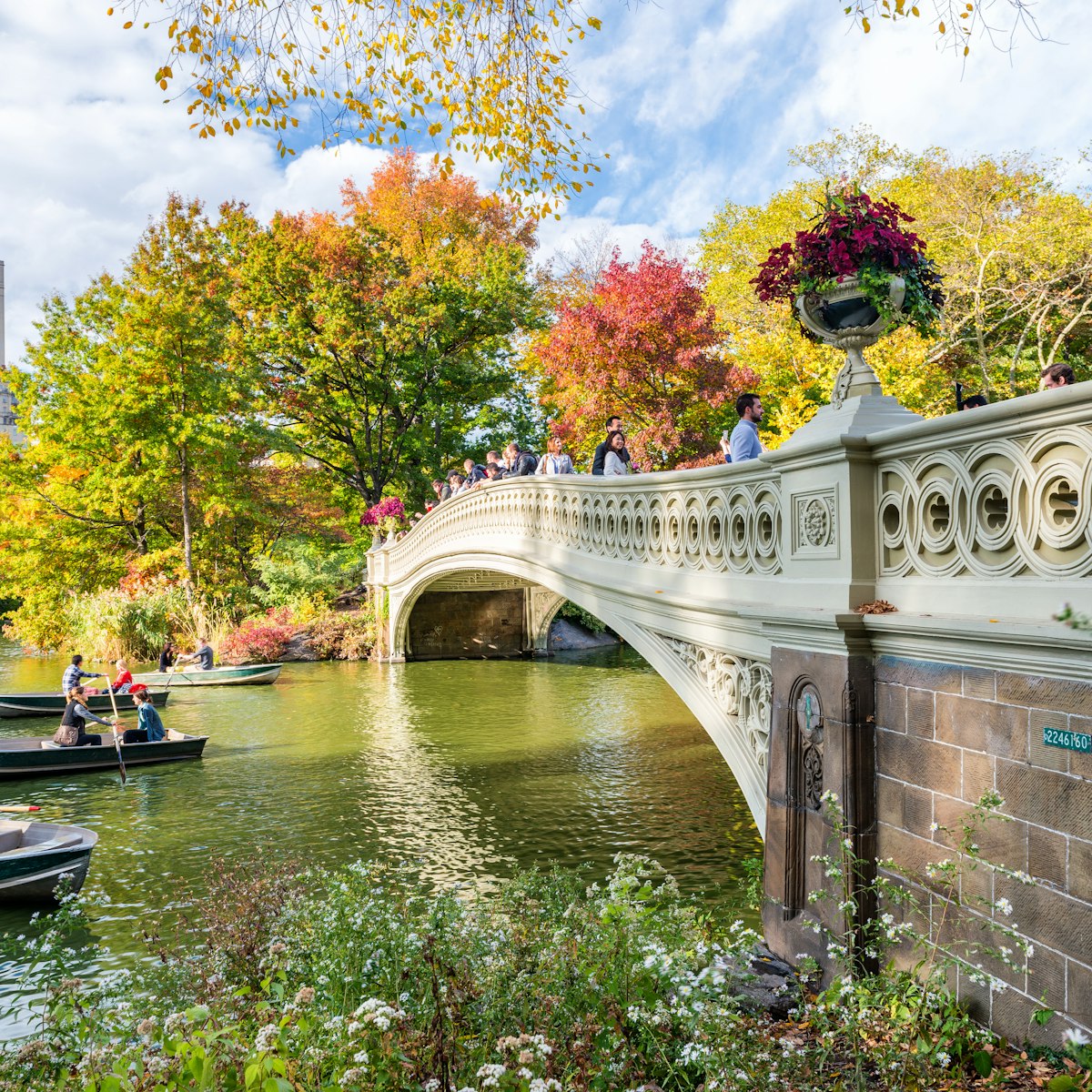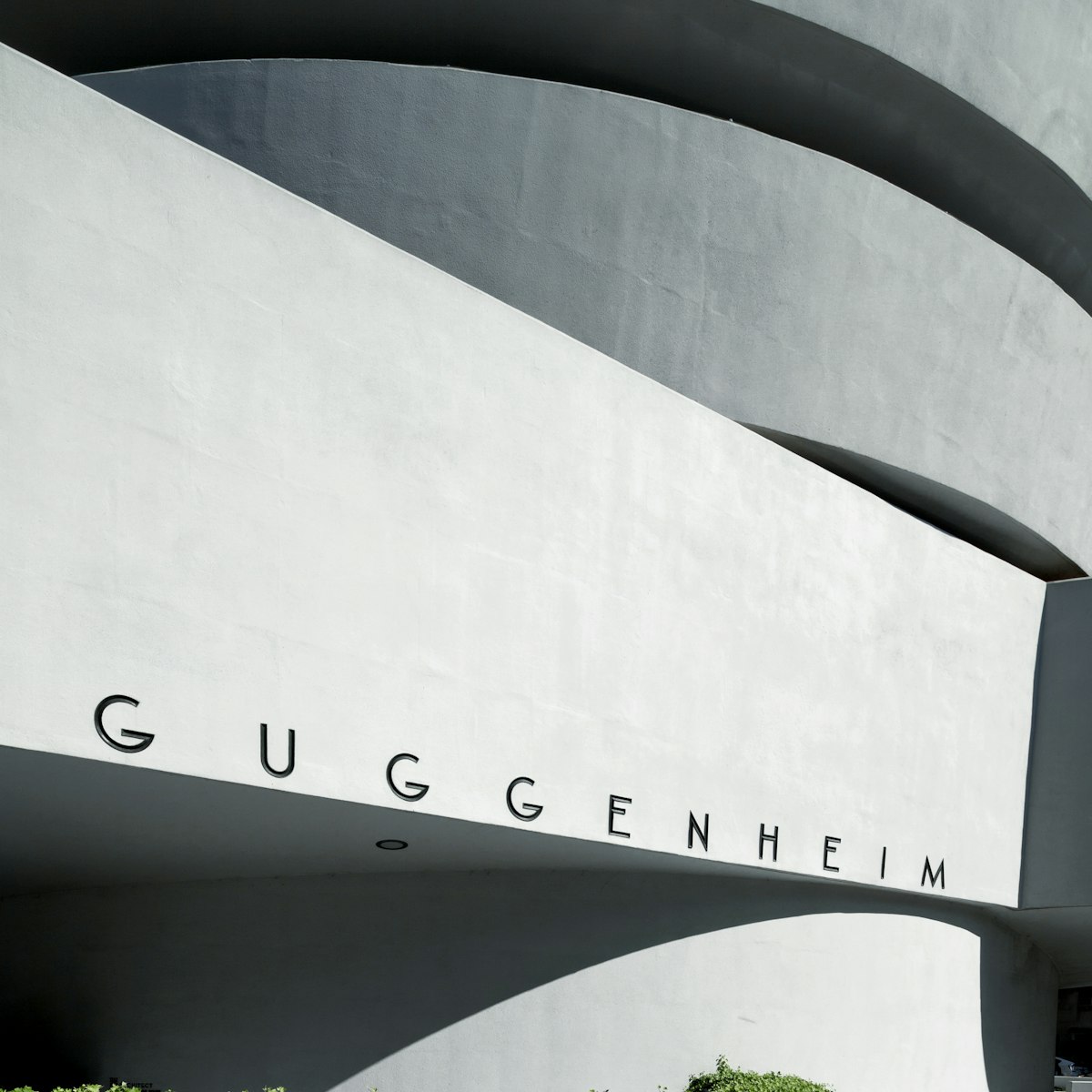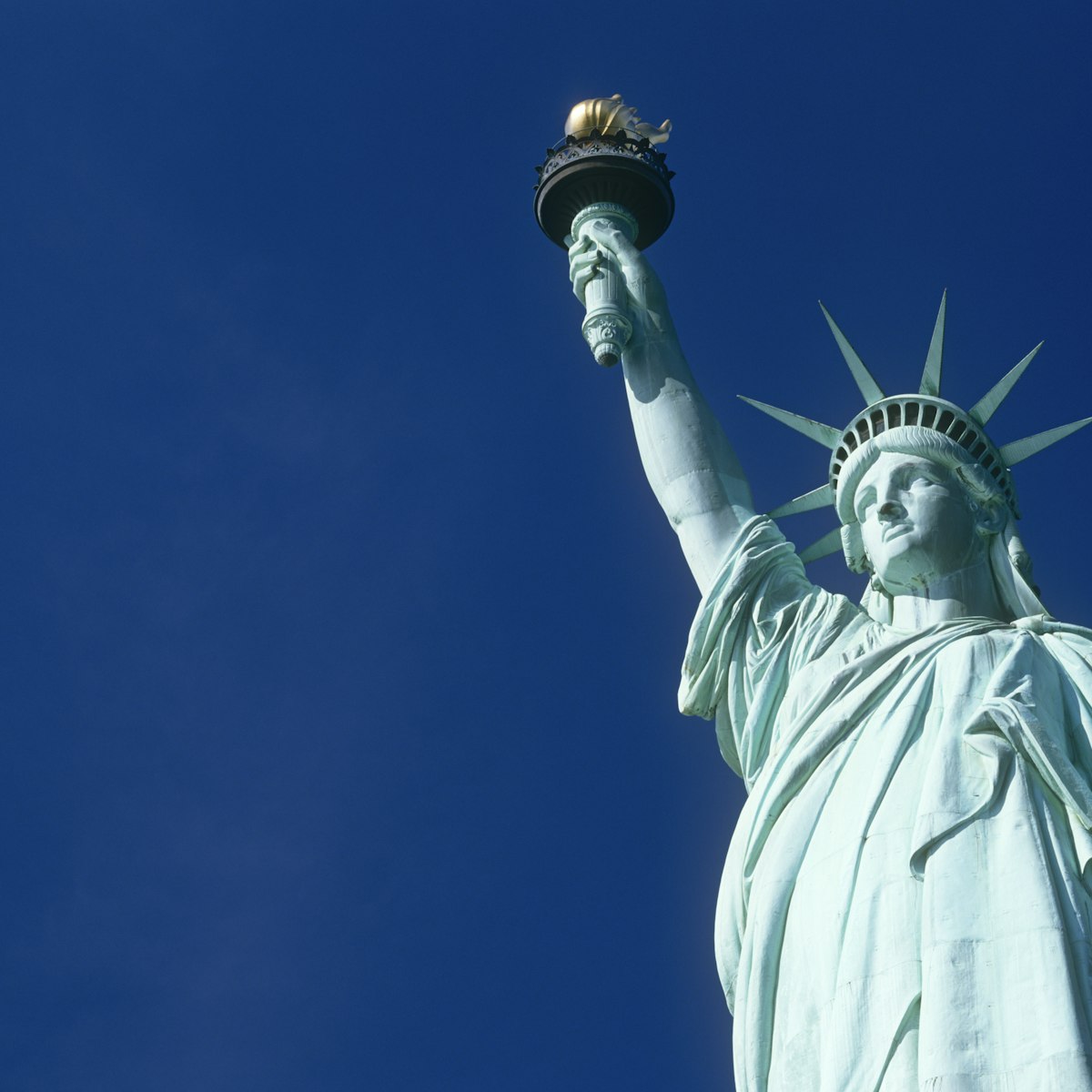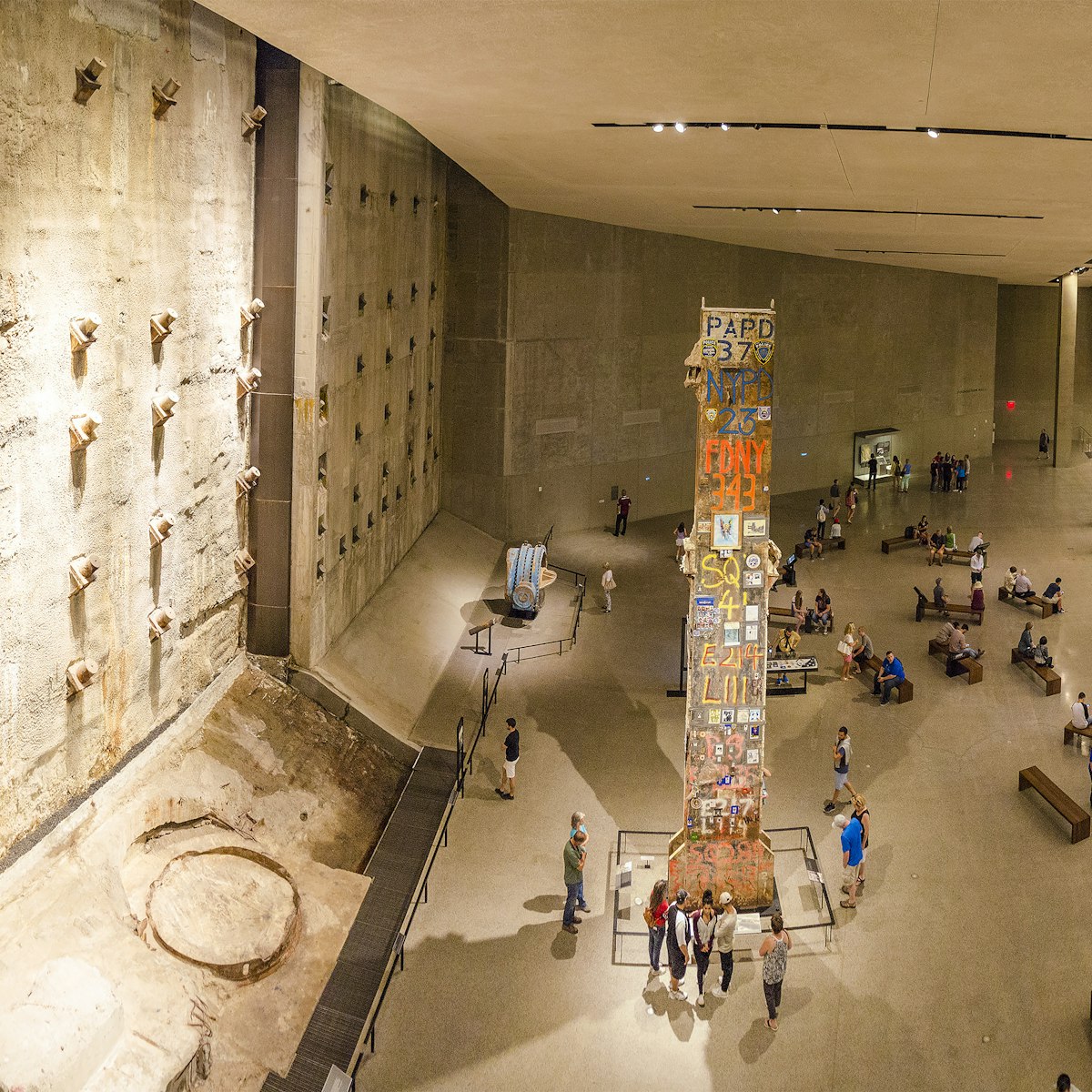The nation’s largest collection of documents, rare books and photographs relating to the African American experience resides at this scholarly center run by the New York Public Library. It’s named after Arthur Schomburg, a black Puerto Rican activist who amassed a singular collection of manuscripts, slave narratives and other important artifacts. Regular exhibitions, lectures and film screenings are held on-site.
Schomburg Center for Research in Black Culture
Harlem & Upper Manhattan
Lonely Planet's must-see attractions

2.68 MILES
What started with a handful of paintings brought over from Europe or donated by a coterie of philanthropically minded robber barons in the 19th century…

2.56 MILES
One of the world’s most renowned green spaces, Central Park comprises 843 acres of rolling meadows, boulder-studded outcroppings, elm-lined walkways,…

9.47 MILES
Located in New York Harbor, Ellis Island is the US's most famous and historically important gateway and is home to one of the country’s most moving…

5.11 MILES
The Chrysler Building may be prettier, and One World Trade Center taller, but the queen bee of the New York skyline remains the Empire State Building. NYC…

7.94 MILES
Spanning three levels at the top of the tallest building in the Western Hemisphere, One World Observatory offers dazzling panoramic views over Manhattan's…

2.34 MILES
A New York icon, the Solomon R. Guggenheim Museum, more commonly known as the Guggenheim, is an internationally-renowned art museum and one of the most…

10.2 MILES
It’s been over a century since Lady Liberty made her debut appearance on the New York skyline, but this iconic statue is still one of the city’s most…

National September 11 Memorial Museum
8.02 MILES
When the twin towers of the World Trade Center toppled during the awful events of 11 September 2001, it led to years of soul-searching about what would be…
Nearby Harlem & Upper Manhattan attractions
0.18 MILES
A raucous, soulful affair, the superb Sunday gospel services here are the city’s most famous. You’ll need to arrive at least an hour before the service to…
0.3 MILES
Also known as the St Nicholas Historic District, these streets were the darling of Harlem’s elite in the 1920s. The graceful row houses and apartments,…
0.31 MILES
This small, Smithsonian-affiliated museum is a passionate love letter to the golden era of jazz in Harlem. From the 1930s to 1960s, the neighborhood was a…
0.53 MILES
This small cultural gem has been exhibiting the works of African American artists for more than four decades. While its rotating exhibition program is…
0.57 MILES
The Apollo is an intrinsic part of Harlem history and culture. A leading space for concerts and political rallies since 1914, its venerable stage hosted…
0.59 MILES
This Federal-style retreat belonged to Founding Father Alexander Hamilton, who owned a 32-acre country estate here in the early 1800s. Unfortunately,…
7. Hamilton Heights Historic District
0.67 MILES
Two parallel streets in Hamilton Heights – Convent Ave and Hamilton Tce – contain a landmark stretch of historic limestone and brownstone town houses from…
8. Convent Avenue Baptist Church
0.75 MILES
A lovely Gothic-style church offering traditional Baptist services since the 1940s. Morning congregations are fairly dressy.